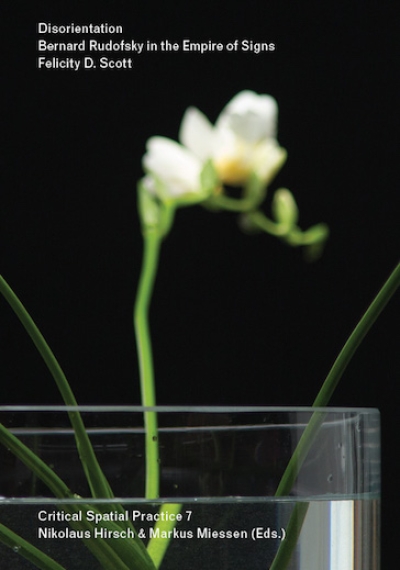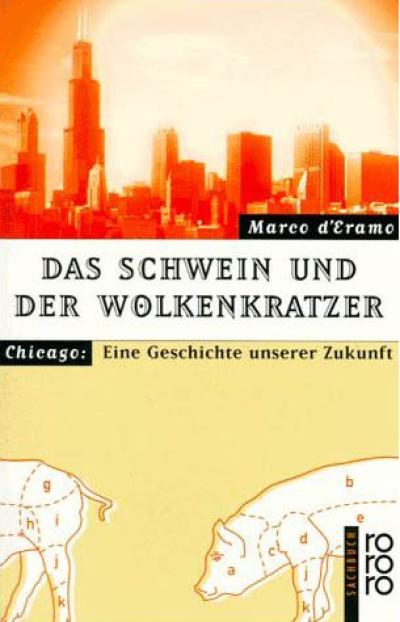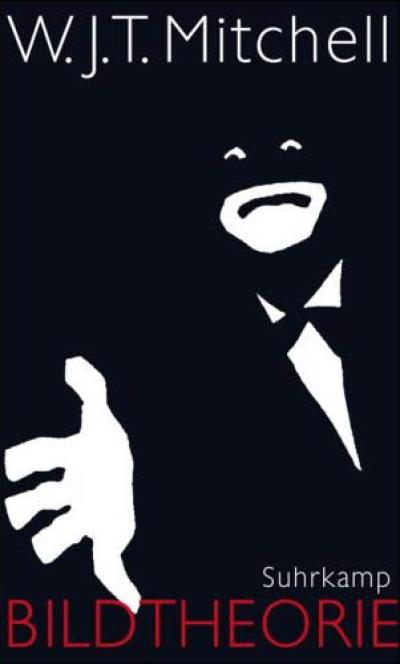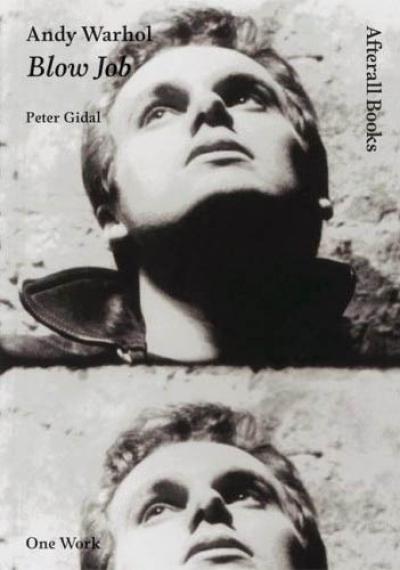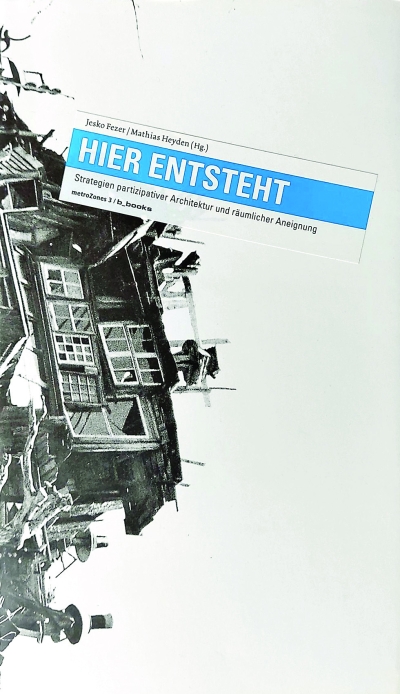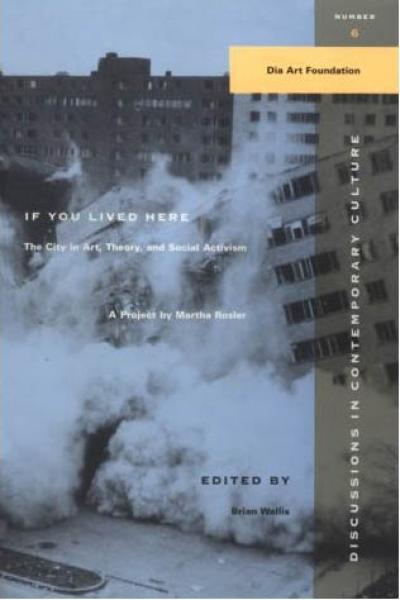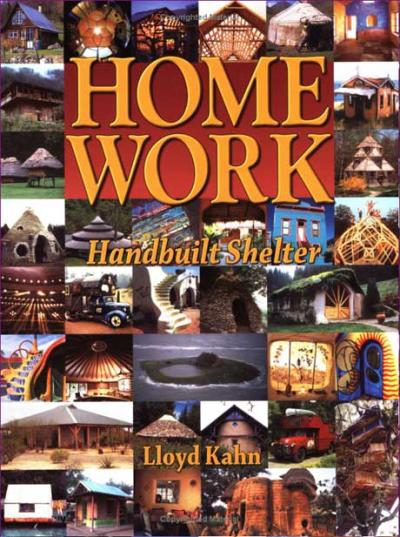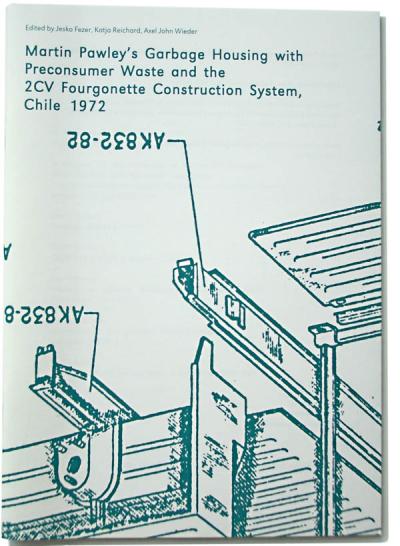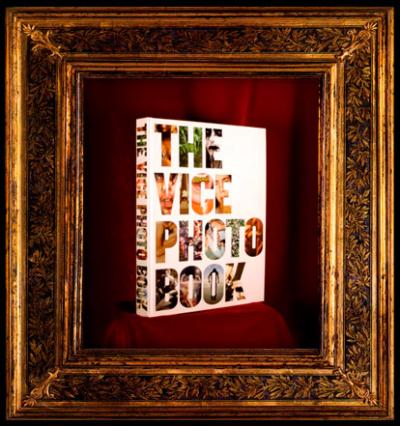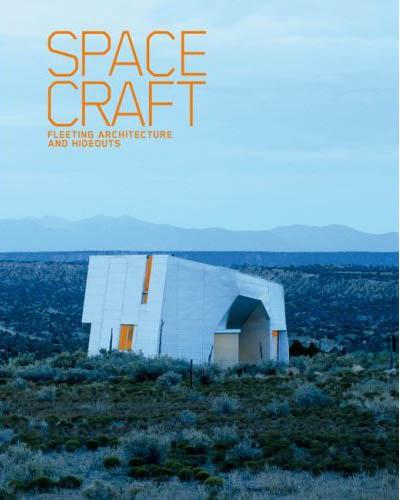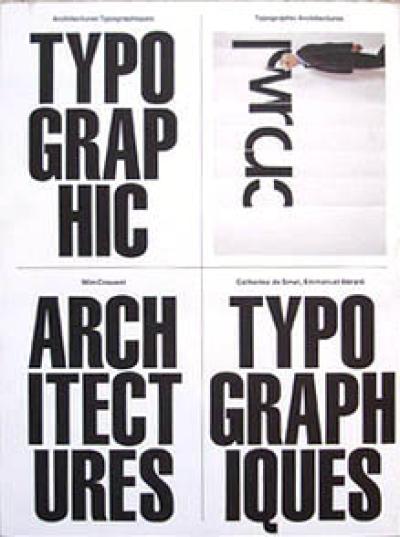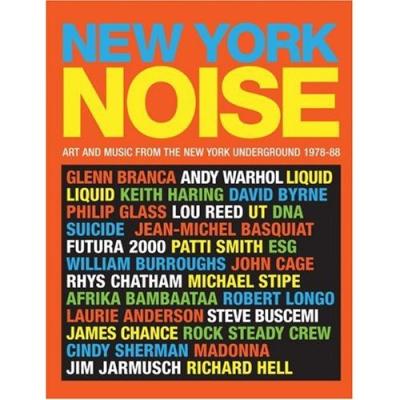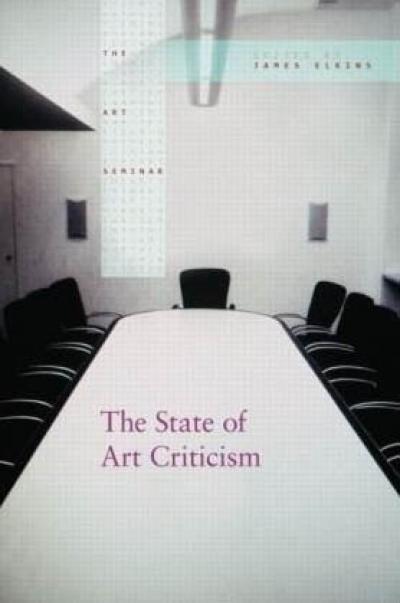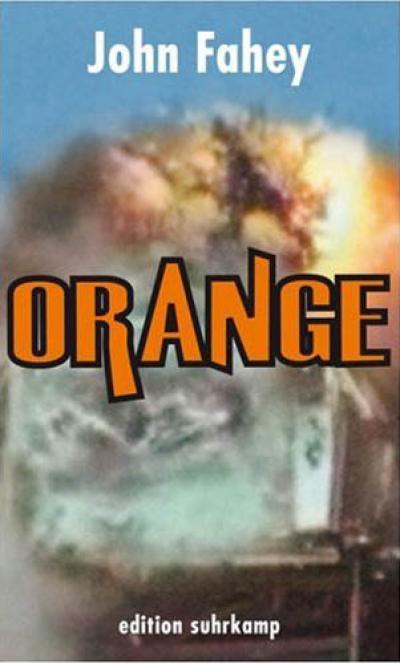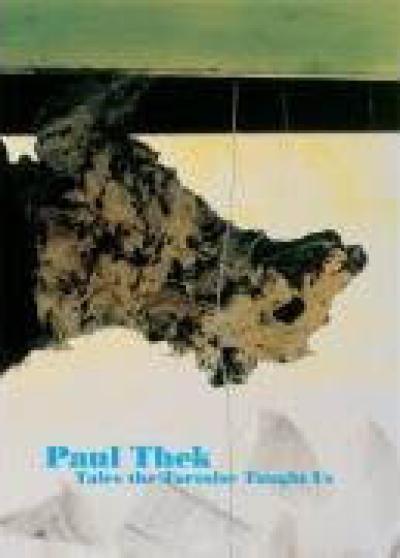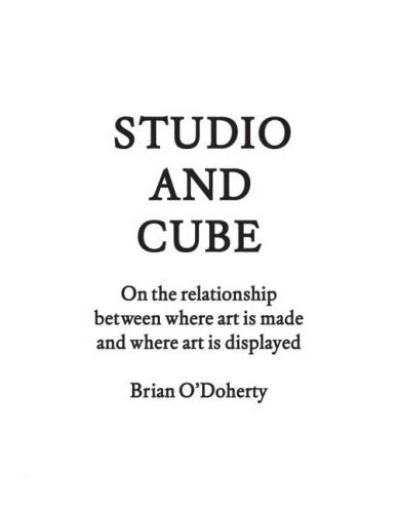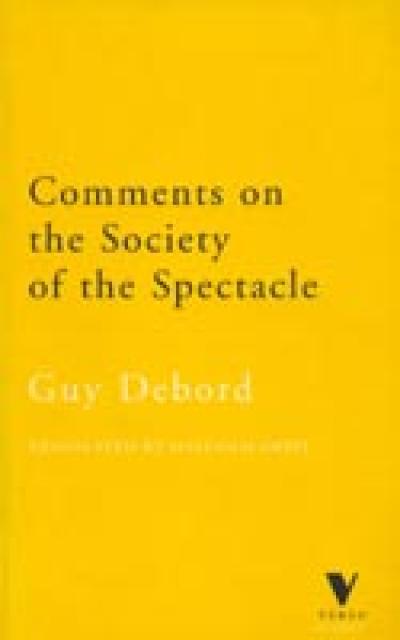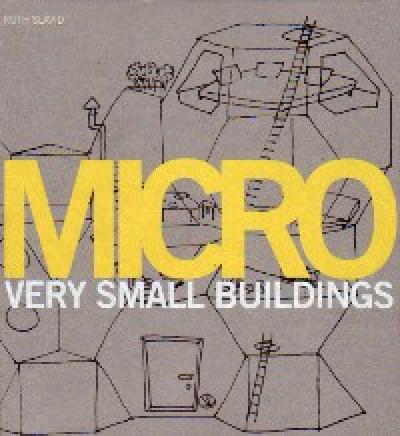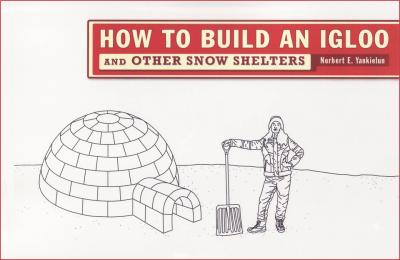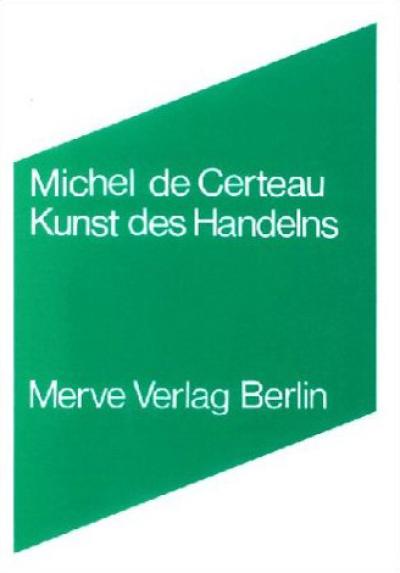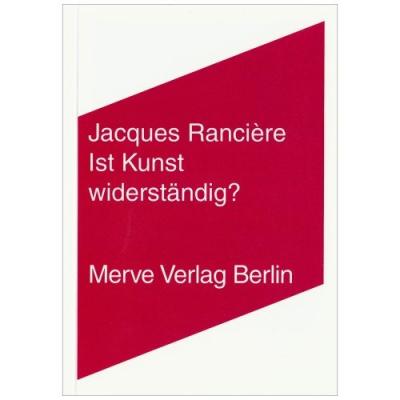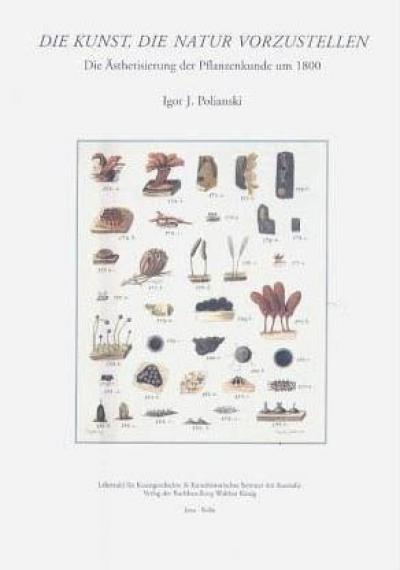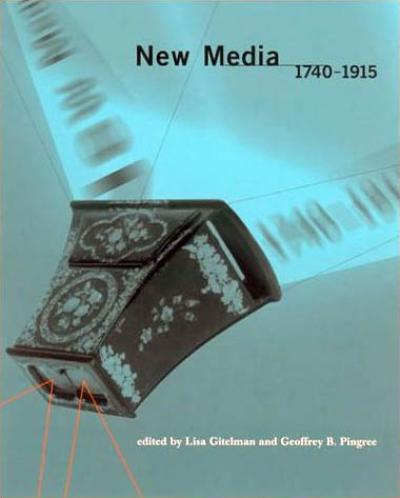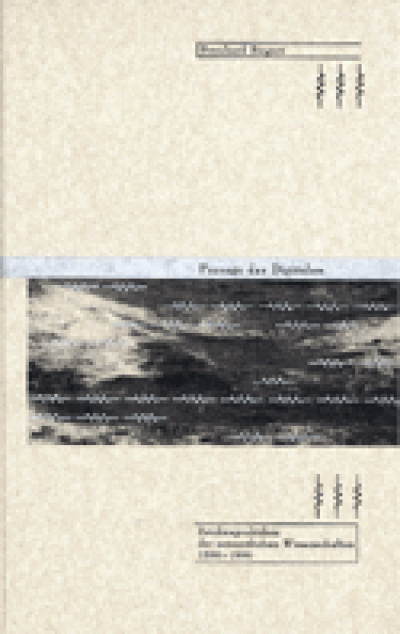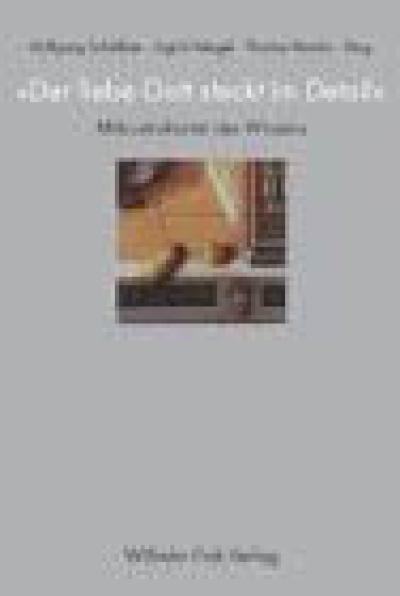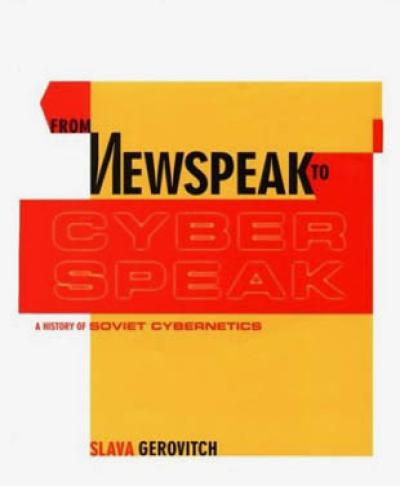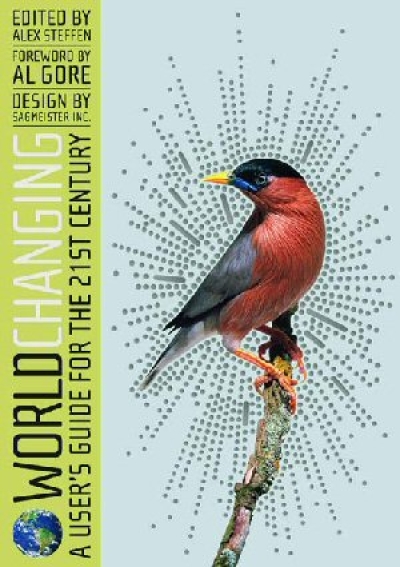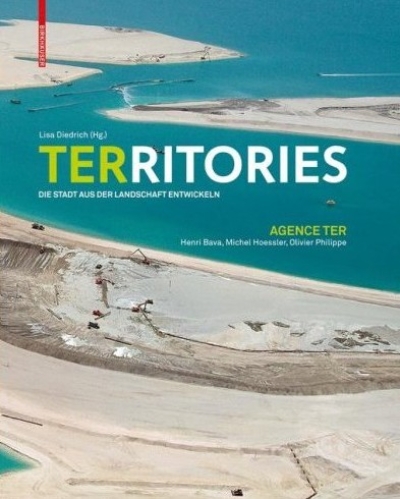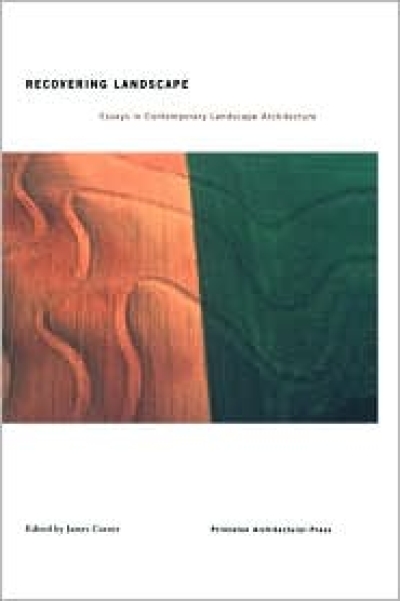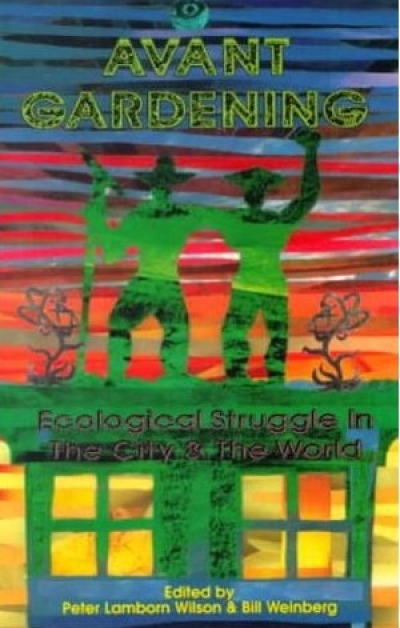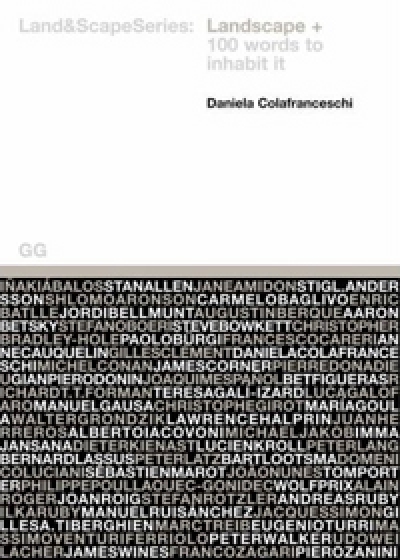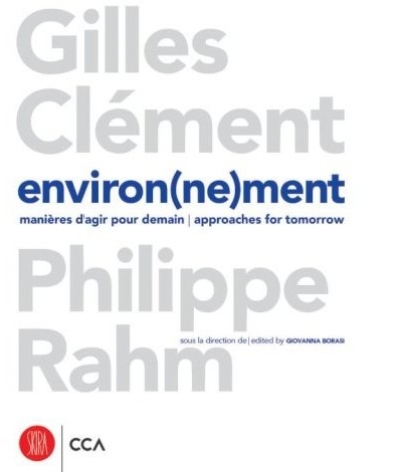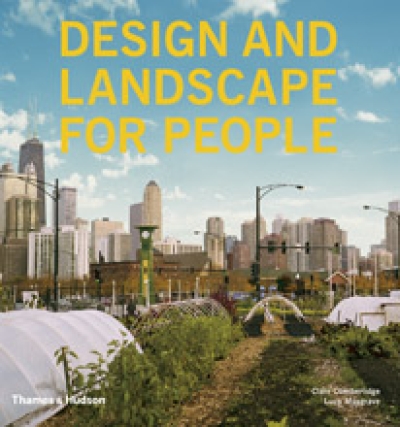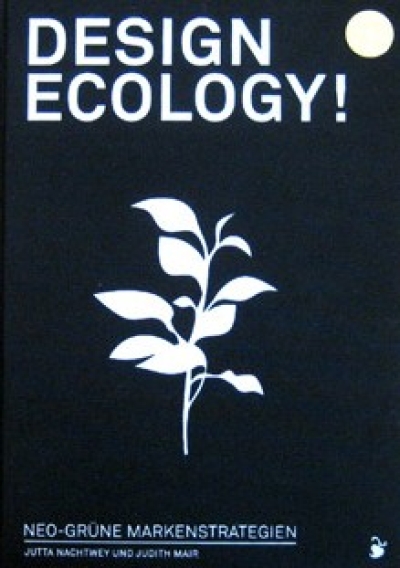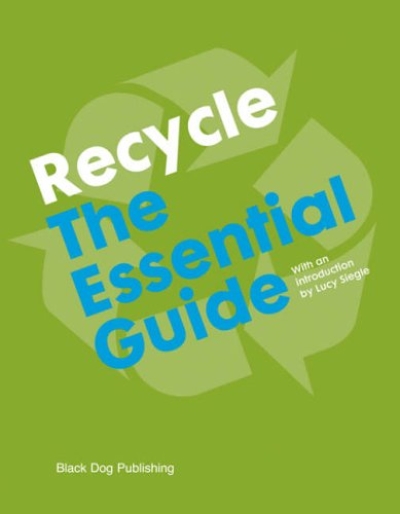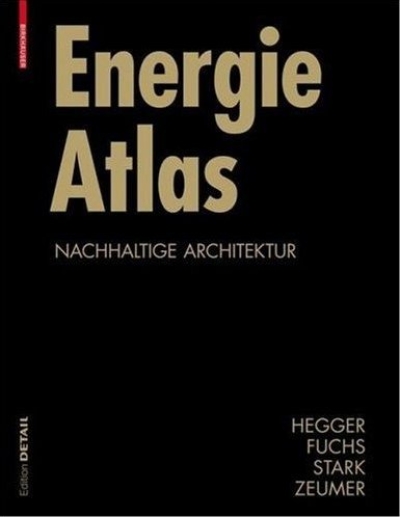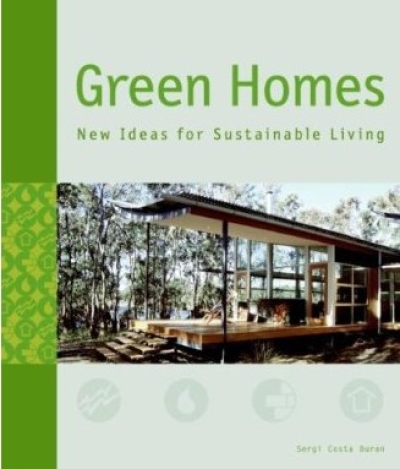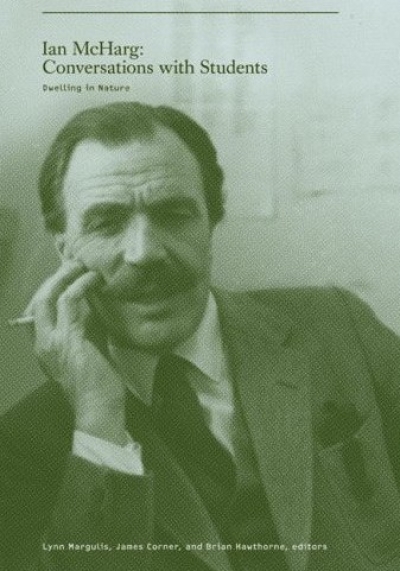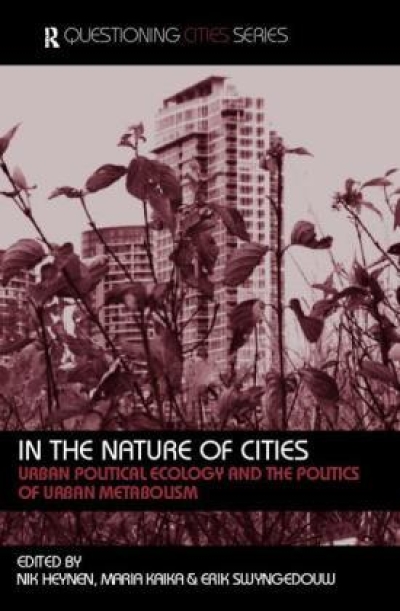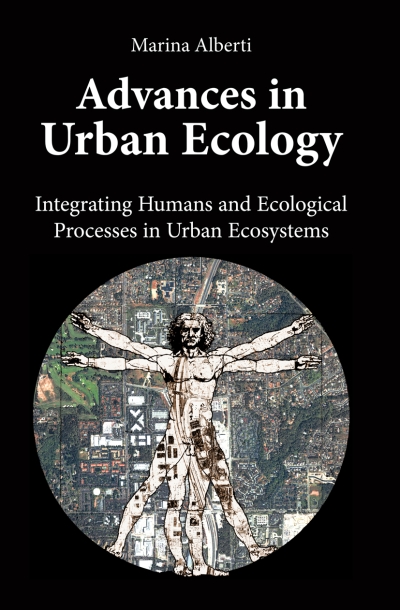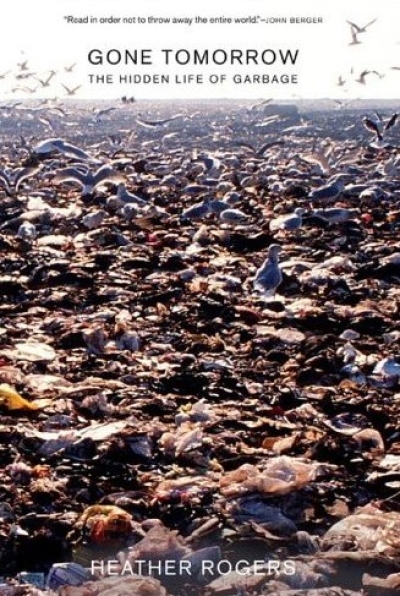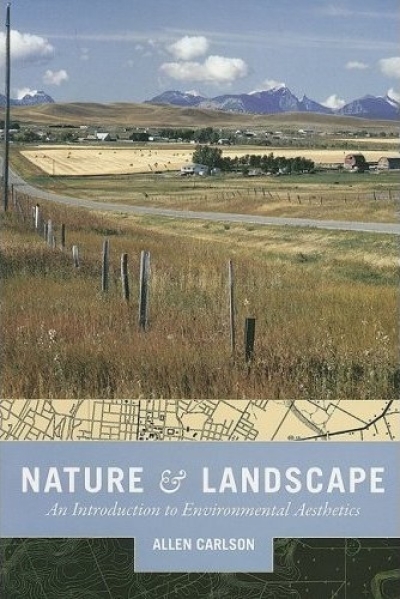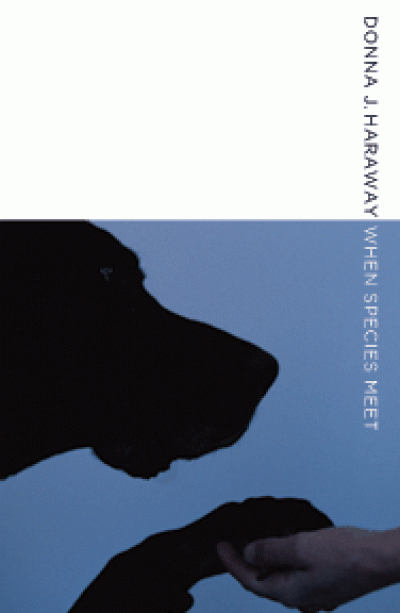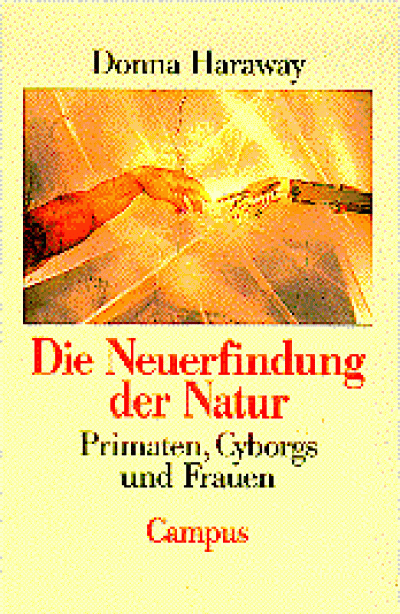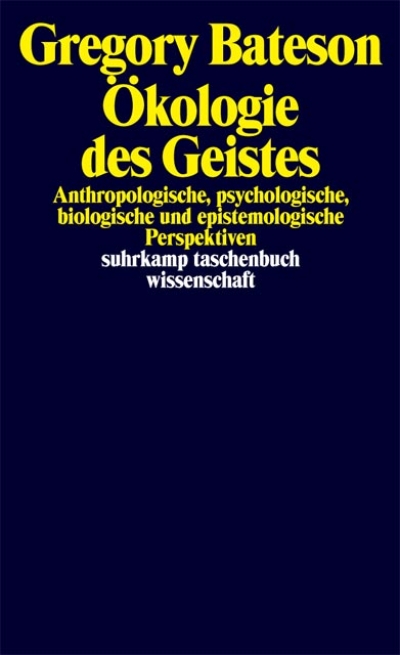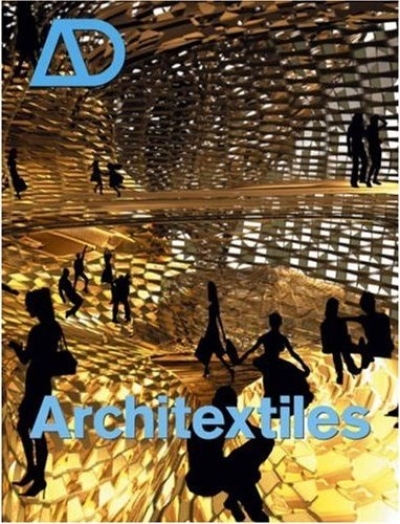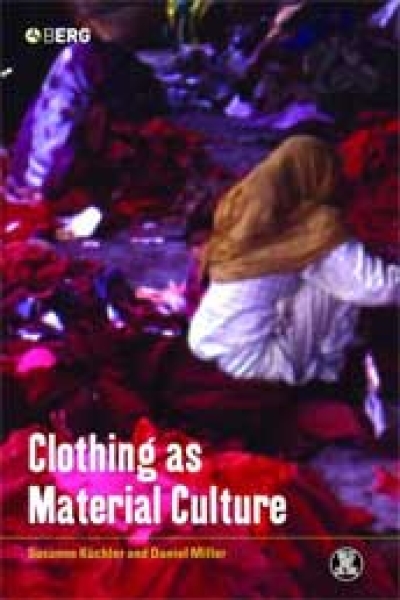Marco d'Eramo
Das Schwein und der Wolkenkratzer. Chicago: Eine Geschichte…
Andrew Pickering
Kybernetik und Neue Ontologien
W.J.T. Mitchell
Bildtheorie
Peter Gidal
Andy Warhol. Blow Job
Merlin Carpenter
Relax It's Only a Bad Cosima von Bonin Show
Jesko Fezer, Matthias Heyden
Hier entsteht. Strategien partizipativer Architektur und…
Kyohei Sakaguchi
Zero Yen Houses
Martha Rosler
If You Lived Here. The City in Art, Theory, and Social…
Lloyd Kahn
Home Work. Handbuilt Shelter
Jesko Fezer, Katja Reichard, Axel…
Martin Pawley's Garbage Housing with Preconsumer Waste…
N. John Habraken, Arnulf Lüchinger
Die Träger und die Menschen. Das Ende des Massenwohnungsbau…
Vice Magazine
The Vice Photo Book
Robert Klanten, Lukas Feireiss
SpaceCraft. Fleeting Architecture and Hideouts
Catherine de Smet, Emmanuel Bérard
Wim Crouwel. Typographic Architectures
Paula Court
New York Noise: Art and Music from the New York Underground…
James Elkins, Michael Newman
The State of Art Criticism
Liz Kotz
Words to Be Looked at. Language in 1960s Art
John Fahey und Karl Bruckmaier
John Fahey. Orange
Yona Friedman, Hans-Ulrich Obrist
Yona Friedman. The Conversation Series (7)
Margrit Brehm, Axel Heil, Roberto Ohrt
Paul Thek. Tales the Tortoise Taught Us
Brian O'Doherty
Studio and Cube. On The Relationship Between Where Art is…
Guy Debord
Comments on the Society of the Spectacle
Ruth Slavid
Micro: Very Small Buildings
Norbert E. Yankielun
How to Build an Igloo and Other Snow Shelters
Michel de Certeau
Kunst des Handelns
Jacques Ranciere
Ist Kunst widerständig?
Alain Badiou
Wofür steht der Name Sarkozy?
Igor J. Polianski
Die Kunst, die Natur vorzustellen: Die Ästhetisierung der…
Lisa Gitelman, Geoffrey B. Pingree (Hg.)
New Media, 1740-1915 (Media in Transition)
Bernhard Siegert
Passage des Digitalen
Alexander Böhnke, Jens Schröter (Hg.)
Analog/Digital - Opposition oder Kontinuum? Zur Theorie und…
Wolfgang Schäffner, Sigrid Weigel,…
Der liebe Gott steckt im Detail. Mikrostrukturen des Wissens
Slava Gerovitch
From Newspeak to Cyberspeak. A History of Soviet…
Alex Steffen
Das Handbuch der Ideen für eine bessere Zukunft.…
Lisa Diedrich (Hg.)
Territories. Agence Ter. Die Stadt aus der Landschaft…
James Corner (Hg.)
Recovering Landscape. Essays in Contemporary Landscape…
Peter Lamborn Wilson, Bill Weinberg (Hg…
Avant-Gardening. Ecological Struggle in the City and the…
Daniela Colafranceschi
Landscape + 100 words to inhabit it
Gilles Clement, Philippe Rahm
Environ(ne)ment. Approaches for Tomorrow
Clare Cumberlidge, Lucy Musgrave
Design and Landscape for People
Jutta Nachtwey, Judith Mair
Design Ecology! Neo-grüne Markenstrategien
Duncan McCorquodale
Recycle. The Essential Guide
Manfred Hegger, Matthias Fuchs, Thomas…
Energie Atlas. Nachhaltige Architektur
Sergi Costa Duran
Green Homes. New Ideas for Sustainable Living
Ian McHarg
Conversations with Students. Dwelling in Nature
Nik Heynen, Maria Kaika, Erik Swyngedow
In the Nature of Cities. Urban Political Ecology and the…
Marina Alberti
Advances in Urban Ecology: Integrating Humans and…
Heather Rogers
Gone Tomorrow. The Hidden Life of Garbage
Allen Carlson
Nature and Landscape. An Introduction to Environmental…
Donna Haraway
When Species Meet
Donna Haraway
Die Neuerfindung der Natur. Primaten, Cyborgs und Frauen.
Gregory Bateson
Ökologie des Geistes. Anthropologische, psychologische,…
Mark Garcia
Architextiles
Susanne Küchler, Daniel Miller
Clothing as Material Culture
Caryn Simonson
Textile Volume 6 Issue 3. The Journal of Cloth and Culture…
Quentin Hirsinger, Elodie Ternaux,…
Materiology. Handbuch für Kreative. Materialien und…
Luis Fernandez-Galiano
AV 115. Materiales de Construccion. Building Materials
Sylvia Leydecker
Nanomaterialien
Barbara Naumann, Thomas Strässle,…
Stoffe. Zur Geschichte der Materialität in Künsten und…
Daniel Miller
Materiality
Axel Ritter
Smart Materials. In Architektur, Innenarchitektur und Design
Markus Wissen, Bernd Röttger, Susanne…
Politics of Scale. Räume der Globalisierung und…
David Cay Johnston
Free Lunch. How the Wealthiest Americans Enrich Themselves…
Edward Denison, Guang Yu Ren
Modernism in China. Architectural Visions and Revolutions
Stefanie Schulte Strathaus, Florian…
Wer sagt denn, dass Beton nicht brennt, hast Du’s probiert?
Henri Lefebvre
Writings on Cities
Kurt Meyer
Von der Stadt zur urbanen Gesellschaft: Jacob Burckardt und…
Margarete Schütte-Lihotzky
Millionenstädte Chinas. Bilder und Reisetagebuch einer…
Diana Mitlin, David Satterthwaite (Hg.)
Empowering Squatter Citizen. Local Government, Civil…
Henri Lefebvre
The Production of Space
Henri Lefebvre, Catherine Regulier
Die Revolution ist auch nicht mehr, was sie mal war
Thomas J. Campanella
The Concrete Dragon. China's Urban Revolution and What…
Glaudio Greco, Carlo Santoro
Beijing. The New City
Frédéric Edelmann, Françoise Ged (Hg.)
Positions. Portrait of a New Generation of Chinese…
Hiromasa Shirai, André Schmidt (Hg.)
Big Bang Beijing. Urban Change in Beijing
Jeremy Deller
Folk Archive. Contemporary Popular Art from the UK
Andrej Holm (Hg.)
Revolution als Prozess. Selbstorganisierung und…
Fachhochschule München (Hg.)
Für mehr Teilhabe. Gemeinwesenentwicklung,…
John F. C. Turner
Housing by People. Towards Autonomy in Building…
Jean Baudrillard
Utopia Deferred. Writings from Utopie (1967-1978)
Susan Buck-Morss
Dreamworld and Catastrophe. The Passing of Mass Utopia in…
Matilda McQuaid, MOMA (Hg.)
Visionen und Utopien. Architekturzeichnungen aus dem Museum…
Alan Greenspan
The Age of Turbulence. Adventures in a New World
Oliver Ressler (Hg.)
Alternative Ökonomien. Alternative Gesellschaften
Karl Marx
Das Kapital. Kritik der politischen Ökonomie
Dieter Hassenpflug
Der urbane Code Chinas
Judy Henske & Jerry Yester
Farewell Aldebaran (1969)
Arch+ 189
Entwurfsmuster: Raster, Typus, Pattern, Script, Algorithmus…
Michel Foucault
Die Ordnung des Diskurses
Yona Friedman
Pro Domo
Eilfried Huth, Doris Pollet
Beteiligung, Mitbestimmung im Wohnbau. Wohnmodell…
Fredric Jameson
Archaeologies of the Future. The Desire Called Utopia and…
Constance M. Lewallen, Steve Seid
Ant Farm 1968-1978
Stanley Matthews
From Agit-Prop to Free Space. The Architecture of Cedric…
Kester Rattenbury, Samantha Hardingham
Cedric Price. Potteries Thinkbelt (SuperCrit)
Sabrina von der Ley, Markus Richter
Megastructure Reloaded. Die Inkunabeln der 1960er Jahre in…
Max Risselada, Dirk van den Heuvel (Hg.)
Team 10. In Search of a Utopia of the Present 1953-1981
Simon Sadler
Archigram. Architecture without Architecture
